Site Visit
SITE VISIT | Urban Splash’s latest New Islington builds
In less than two years, the 21-year regeneration of the Manchester district will be complete.
The transformation by developer Urban Splash of the former Cardroom Estate into the trendy New Islington neighbourhood has been a long one. Working with housing association Great Places, Homes England and Manchester City Council, Urban Splash has overseen the development of the community by creating a marina, school, medical centre and numerous homes.
In 2023, its final phase of townhouses and apartments will cross the finish line.
- New Islington highlights: New Islington Medical Practice (2007), Cotton Field Park (2008), Chips (2010), New Islington Marina (2011), New Islington Free School (2015), Stubbs Mill (2016)
After working on projects throughout the pandemic, Urban Splash invited Place North West to take a tour of its latest creations, showing off the newest Town House home design and the Mansion House apartment complex, which also contains commercial units.
Navigating along the canal to Mansion House, you are greeted by signs teasing about incoming commercial tenants on the ground level. All spaces are let, but Nicky Harris, Urban Splash’s commercial portfolio manager, is tight-lipped as to who will be occupying what. She did, however, reveal that future tenants include a beauty salon, wine bar and several restaurants.
Harris said Urban Splash has been very selective in filling its commercial slots.
“We are massively about finding the right people, rather than the ones that are going to pay the highest rent,” she said.
That meant listening to her gut. “My brief was to put in there who you would want if you were going to buy an apartment,” she explained.
It is all about creating a “sense of place” – a phrase that pops up continuously when speaking with the Urban Splash team. That drive for generating a community has influenced every aspect of New Islington’s construction, from the creation of the marina to the communal gardens in the latest row of townhouses.
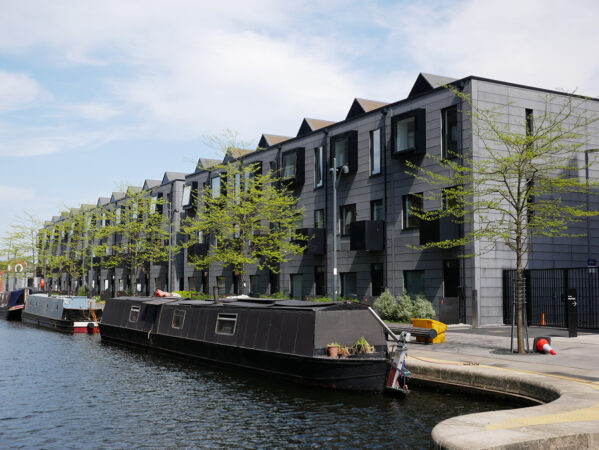
Town House, a row of modular homes created by Urban Splash, in New Islington. Credit: David Booth, Place North West
Town House
Chris Shaw, delivery director of House by Urban Splash, joked that the newest houses are ‘Mark 3.0’ for the team. They have the wisdom of past iterations upon them, with the team learning from issues with the first Town Houses. But the changes are not necessarily big ones.
“To the untrained eye, you’d walk around and probably wouldn’t know,” Shaw said. “But actually, there are thousands of things we’ve improved during the process.”
One of those changes is the meter boxes, which are now on the outside of the home. It is a change borne out of necessity. With the first batches of homes, Urban Splash struggled to get utilities in speedily, as the companies were used to a traditional build timeframe of 20 weeks. With modular builds, like Town House, the construction period was closer to eight weeks. That is, in part, because the modules arrive roughly finished. Kitchens and bathrooms are set up, radiators are on the walls, windows are put in and flooring is down. It is ready to go. So, rather than waiting for utilities to come on, Urban Splash opted to install the meters outside ahead of time. That way everything can be connected when construction ends.
Modular building makes Town House a unique beast. Built at the Urban Splash modular facility in Derbyshire, they can be customised. Customers can add walls and kitchen islands on a whim. Prospective tenants can even play around on the House by Urban Splash website, testing out different layout configurations and flooring options to find out what they like best. It comes out to roughly 70 different permutations of a home.
“We don’t want to dictate how you live,” Shaw said. “You can come to us and say what design would you like and we can accommodate that.”
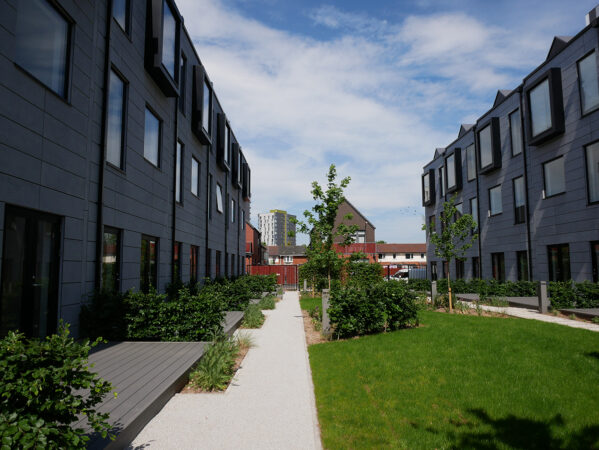
Communal gardens are a newer feature at Town House in New Islington. Credit: David Booth, Place North West
At this ‘Mark 3.0’ community, the private gardens of older Town House projects are gone. Instead, the homes offer a private porch that overlooks a communal garden – something Urban Splash first tried out at its Port Loop development in Birmingham. It was met with fierce appreciation there, the developer says, which led the group to bring it to Manchester.
The shared garden helps craft that neighbourhood feel, according to Toby Brown, senior sales manager for House by Urban Splash.
Drawing inspiration from Georgian terraced houses, the designs by architect Shedkm focus not just on horizontal space, but also vertical. Floors are 2.65 meters high rather than the standard 2.4 meters. Doors are full height as well.
The new townhouses are still for sale and come in several size options. The two-storey version comes in at 1,000 sq ft, while the three-storey model is 1,500 sq ft. The ones currently available are priced between £499,000 and £530,000.
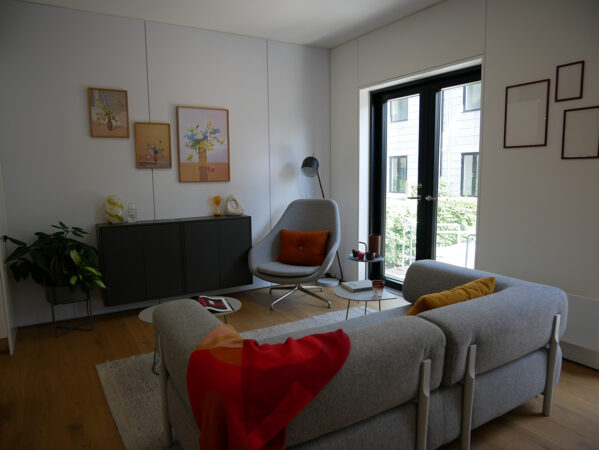
Inside the show home at the latest Town House rendition in New Islington. Credit: David Booth, Place North West
Mansion House
Cross-laminated timber is king at Mansion House, also designed by Shedkm. The apartment building is constructed largely with the material. Urban Splash does not hide away from that either, putting the signature CLT cross-sections on display throughout the apartment.
Toby Brown, senior sales manager at Urban Splash, cannot sing CLT’s praises enough. He points out how sustainable it is through its construction and how it naturally stores carbon dioxide. “It’s greener than concrete,” he points out.
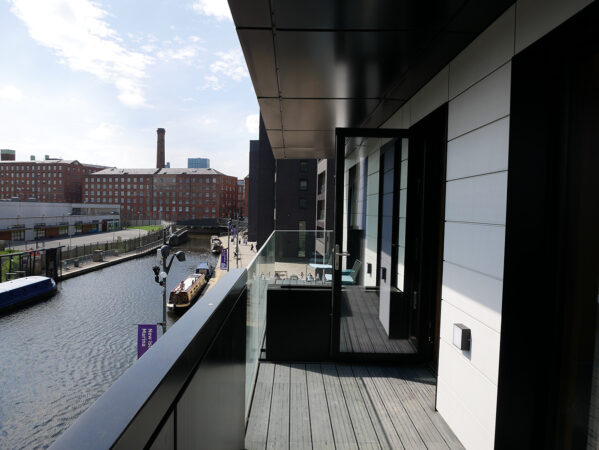
An apartment balcony in Mansion House offers wonderful views of New Islington. Credit: David Booth, Place North West
Mansion House is broken down into separate blocks, each consisting of between eight and 10 homes. Each block has its own entrance and shared hallways. The apartments all have balconies, with small, short dividers separating them from one another. It is all designed to help you get to know your neighbours.
“Apartment living can feel anonymous sometimes,” Brown said. “This is a nice reaction to that.”
Only one apartment remains available at the first Mansion House, but two more Mansion House buildings have yet to be constructed. All three Mansion Houses offer two- and one-bedroom apartments.
Like its townhouse counterpart, the apartments at Mansion House prioritise height, boasting 2.84-metre-high ceilings. Light is a fixture as well, with 140 sq ft windows.
Lessons learned
After nearly 20 years, it is hard to pinpoint the lessons learned from a project like New Islington. But Shaw and Brown think it can be boiled down to the importance of crafting a neighbourhood. That means more than just building houses.
“New Islington is an amazing example of how public space can create community,” Shaw said.
“Not a lot of developers would spend the best part of £2m on a public park as part of that first scheme because it’s an upfront investment with no value add,” he went on.
“But actually, we see the longer-term value add – that it’s about creating that sense of place. And then if you can create that sense of place, ultimately the residents benefit and we benefit from the value in the whole area, which is genuine and regenerated.”
All photos by David Booth, Place North West
- Inside the show home at the latest Town House rendition
- Urban Splash hopes to announce the first acquisitions in the coming months. Credit: Place North West
- Inside an apartment in Mansion House


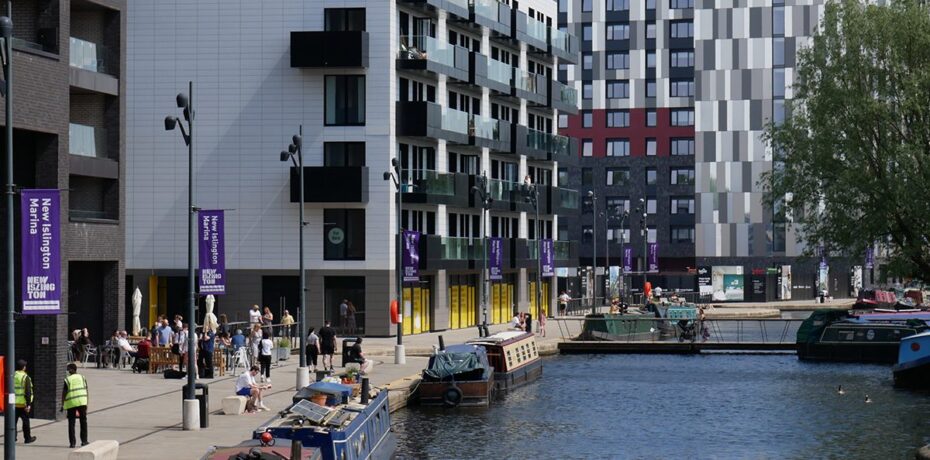
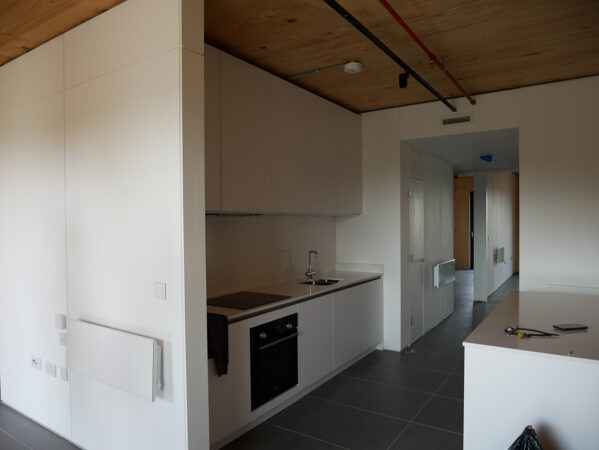
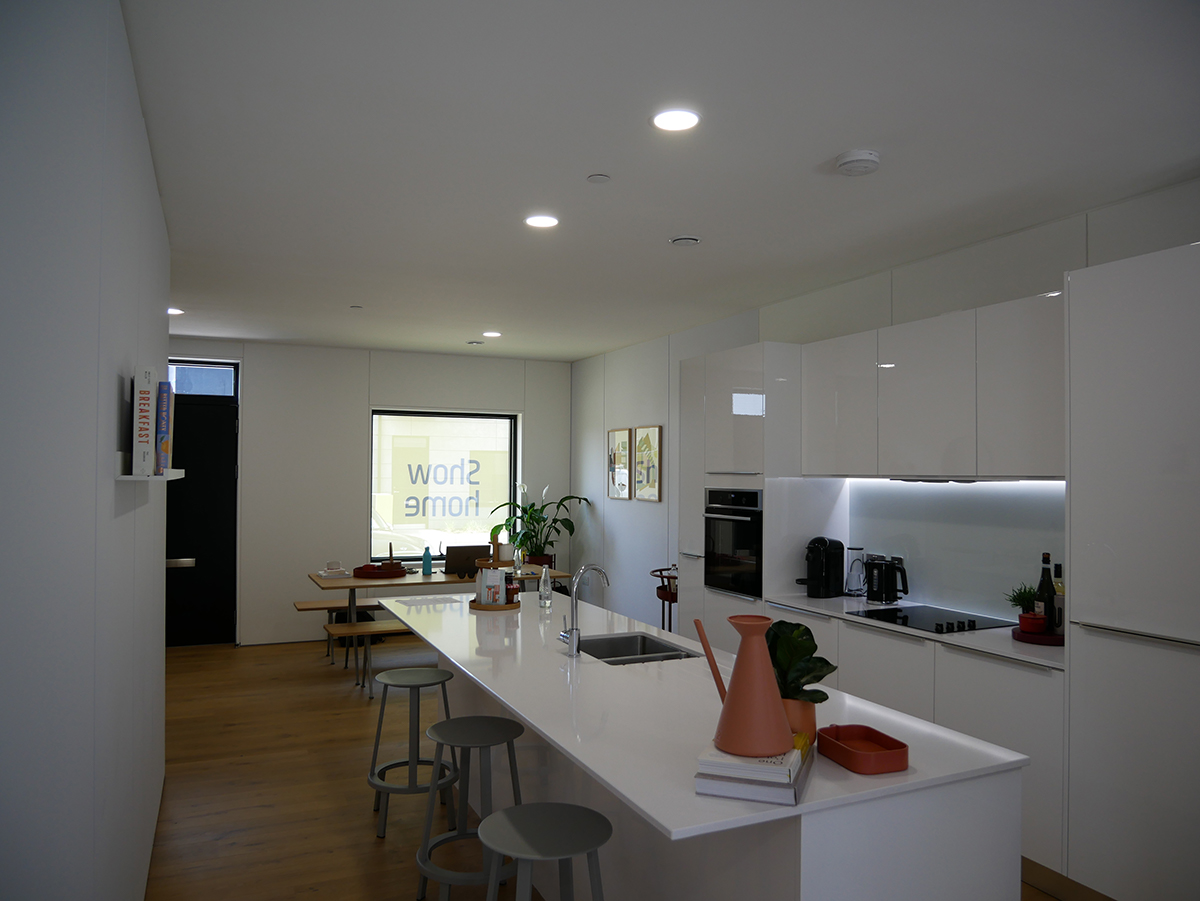
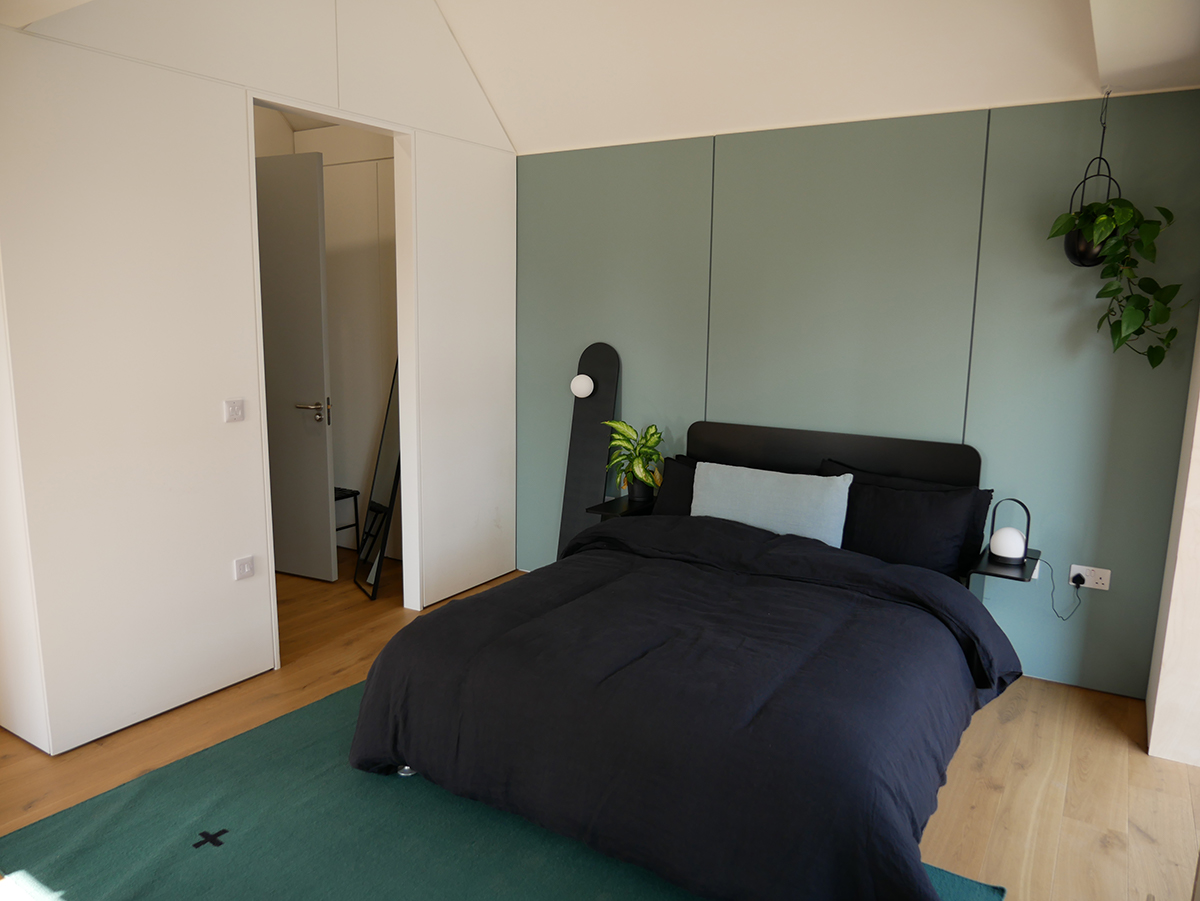
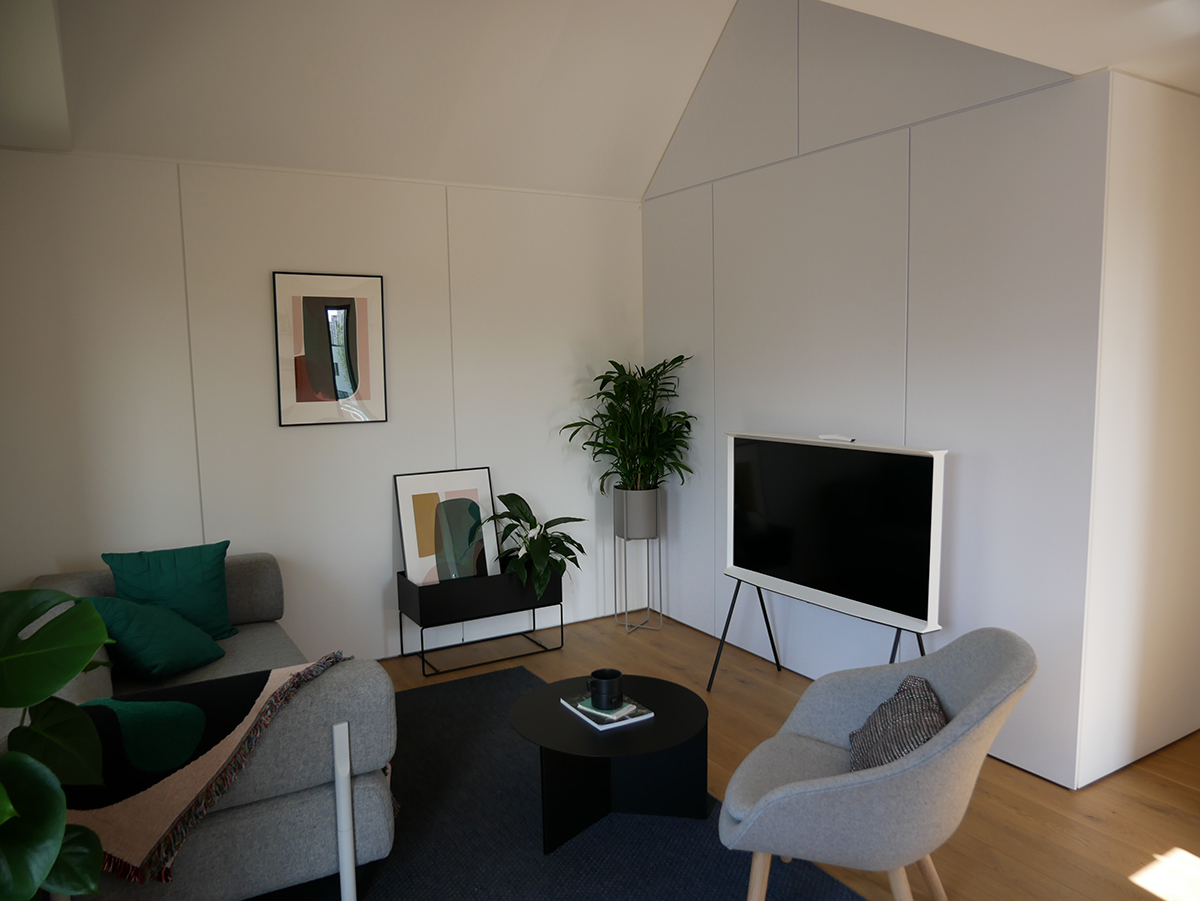
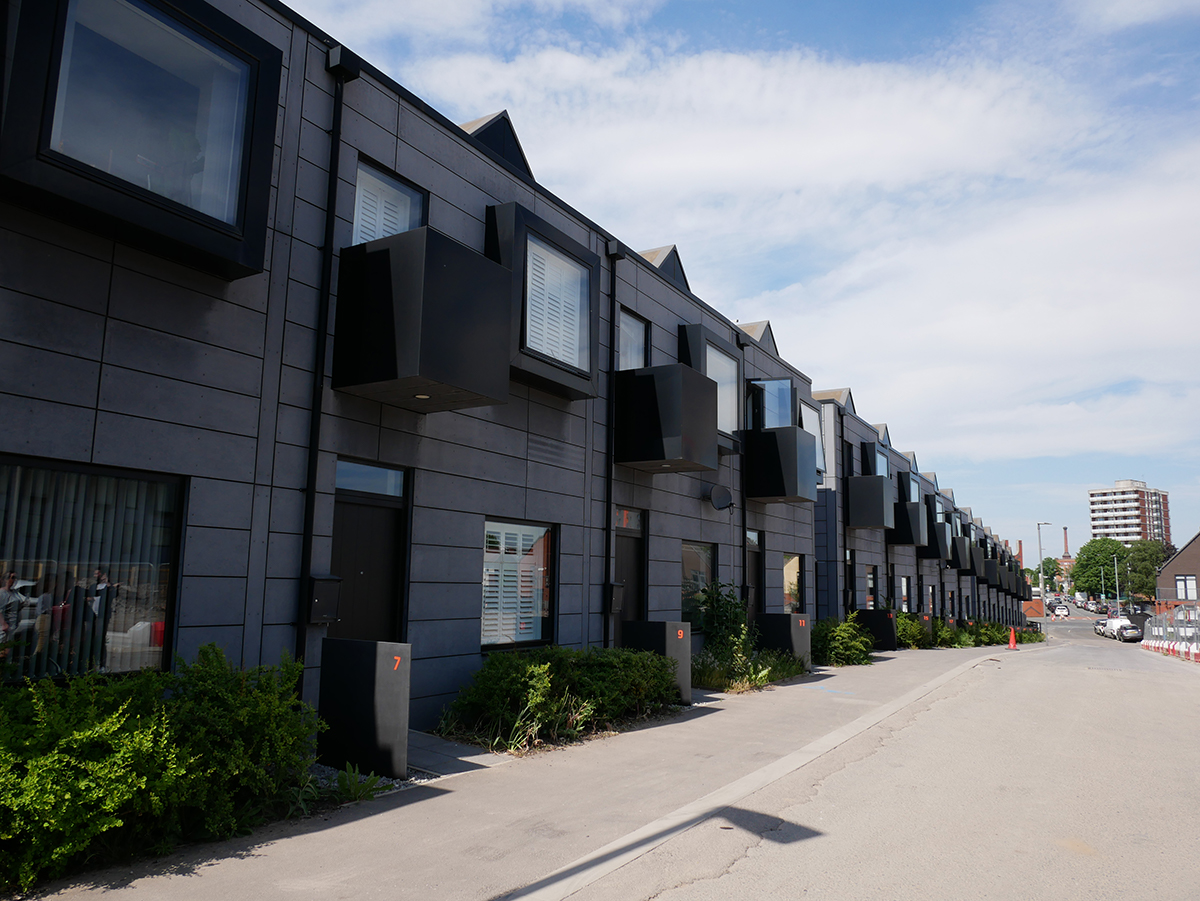
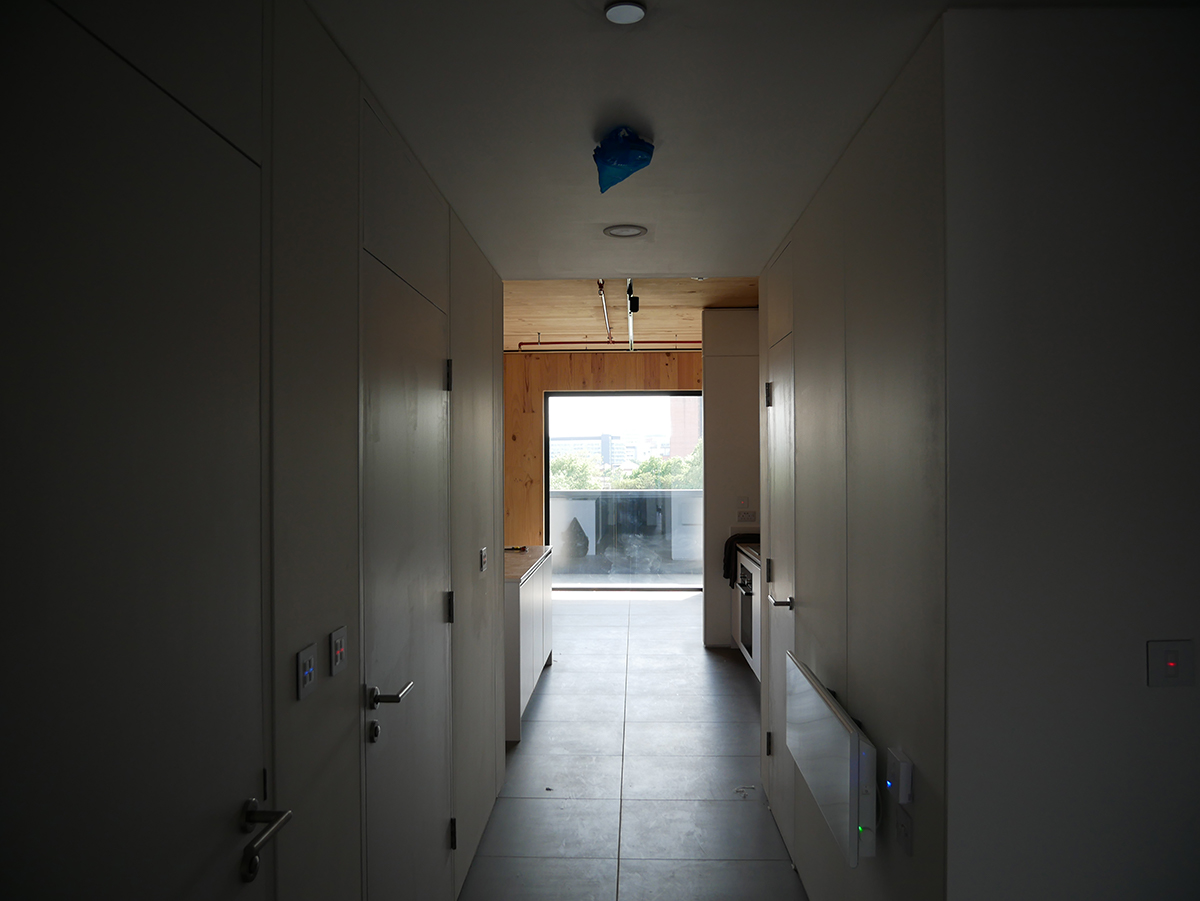
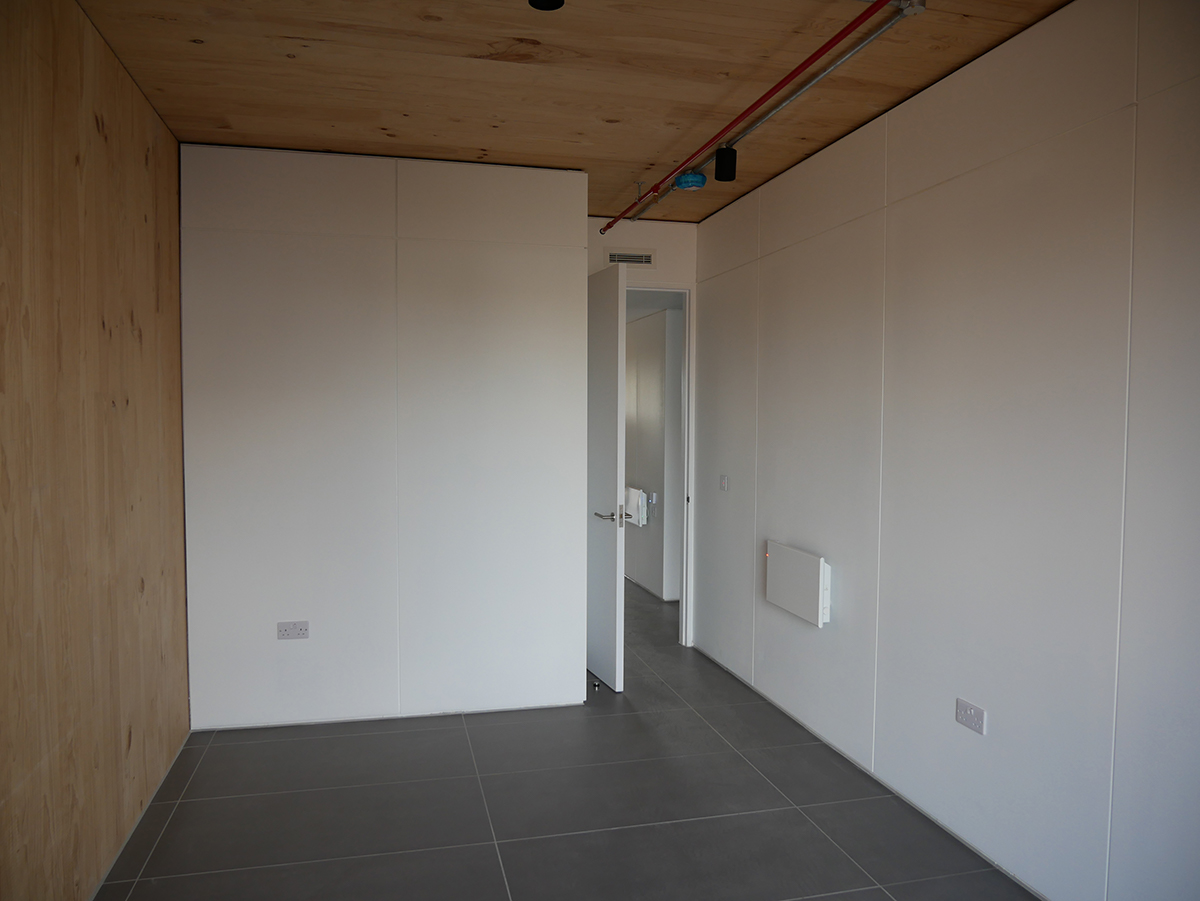


The area around the marina is uniquely special. The combination of the adjoining neighbourhoods (NQ and Ancoats) is brilliant.
By Anonymous
These are about the best buildings in New Islington, which has turned out very much a mixed bag. A shame the architectural ambition of the early FAT-designed houses or the quality of another Great Places affordable scheme at The Guts wasn’t carried through to other plots. Bottom of the pile has to be the Manchester Life blocks which ruined the vision for Old Mill Street and failed to add anything to what is otherwise a tremendous canalside setting.
Returning to the other Urban Splash schemes, the least said about the cladding issues on CHIPS or the mess they created out of Ancoats Dispensary, the one true landmark on the whole site, the better.
But ultimately this shows what can be achieved with vision, a huge slug of public money and a lot of patience (necessary to ride out two recessions). There are lessons to be learnt here for sure amongst the good, the bad, the ugly and the excellent.
By New Cardlingroom
Surely New Islington isn’t finished until Ancoats Dispensary and the neighbouring plot are developed?
By Aaron
That is a hell of a lot of money for a modular build; obviously not keen on sharing the savings with the buyers.
So many better options in the city for half a million; inside the ring road as well.
Good luck on getting any repairs done in 20-30 years time.
By Not for me.
These are a good design but I thought modular construction was supposed to be cheaper to build?! These seem too expensive for what they are
By Chris
Bravo!
By Allan
Those town houses are ugly and look like they are something you would buy in IKEA and build yourself. The area has come a long way but not just thanks to Urban Splash who also developed the most ugly building in the area
By Not convinced
Whilst the physical marina is lovely, New Islington has been an aesthetic disaster. Most of the buildings (especially Manchester Life projects) are abysmal and lack any real architectural merit. From a design perspective it is disjointed, uninteresting and a missed opportunity.
By 1981
Tonnes of public money into this and its an absolute dog’s dinner. That block on Old Mill Street is the epitome of cheap-and-nasty overdevelopment, while facing it Ancoats Dispensary still lies in ruins. Chips done on the cheap and hasn’t aged well, that’s in addition to the flammable cladding.
Marina nice if you’re not into social distancing, and especially if you like intravenous drug use. No architectural cohesion. And the prices of those hoUSe units….
Better than it was – but it was bound to be when the incumbent poor population was moved on. What benefit has this been for those people? A shining emblem of state-sponsored gentrification
By Gentry
The benefit of modular builds for the consumer is in terms of build quality but any cost and programme efficiencies are captured by the developer because they don’t have to lower their prices to compete with others.
So next time you hear a politician saying that modular or prefabrication will lead to greater supply or more affordable housing, just assume they don’t know what they’re talking about because none of them understand how the construction or development industries operate.
By Mod man
A lot of comments regarding modern modular construction from people that clearly know nothing about modern modular construction…
By MB
I know nothing about building but know what looks nice to me and I can’t make my mind up on those modular houses. They seem very expensive but they are in Central Manchester not Failsworth so you are paying for location.
By Elephant
Ridiculously overpriced and glorified portacabins
By Steve
The ‘porta cabins’ may not be to everyone’s taste aesthetically but the build quality of modular is generally vastly, vastly superior to a traditional build with much fewer snags and better specs. You’re unlikely to hear the usual horror stories that can afflict traditionally built volume house builder boxes.
By Mod man
So impressive if you really remember what the area was like 20 years ago. Mind you that could be said for a lot of Manchester from Salford Quays to Eastlands and everything in between.
By James